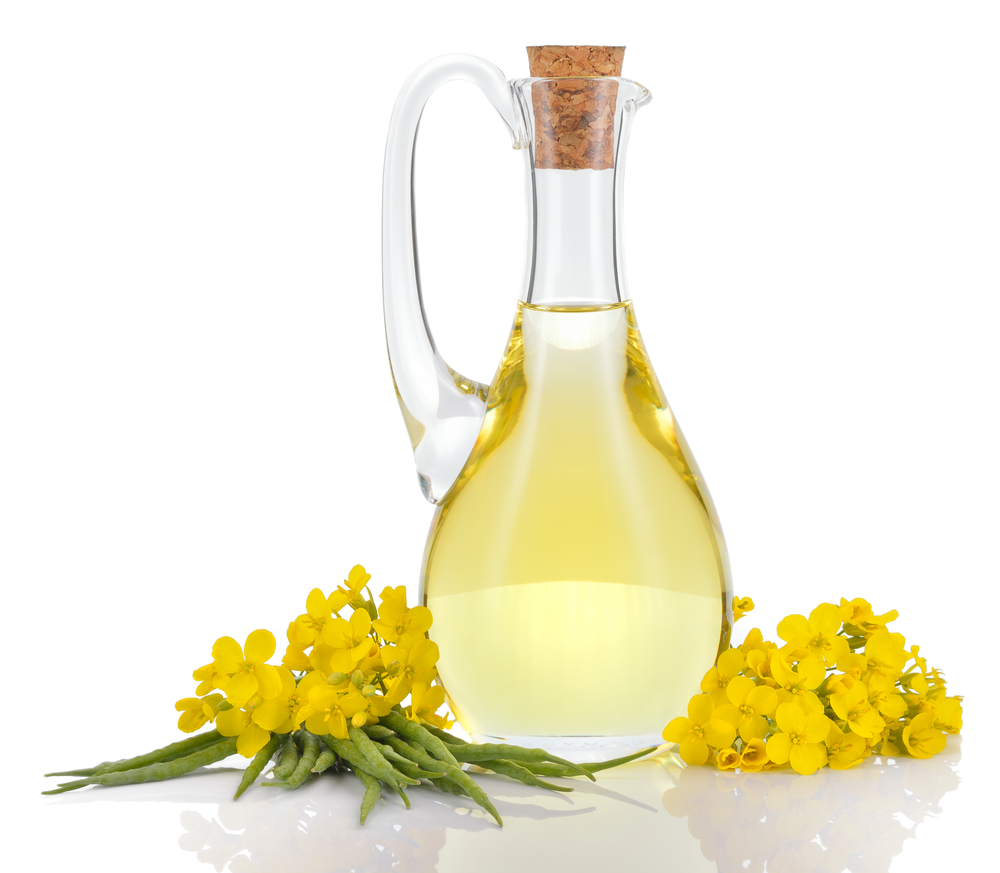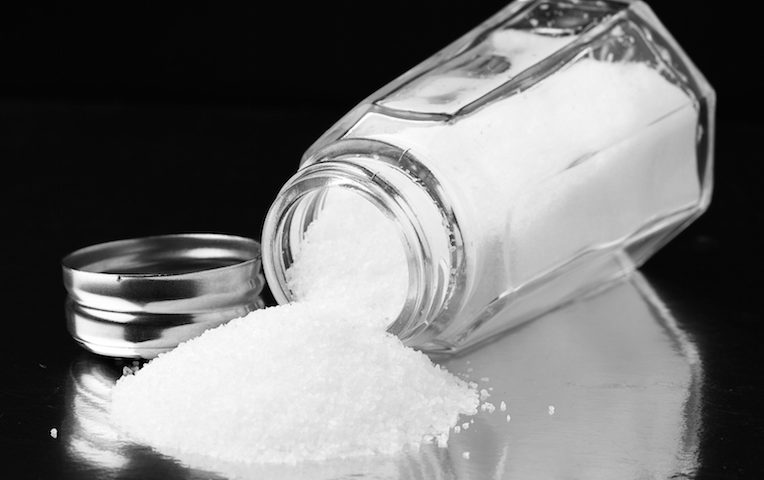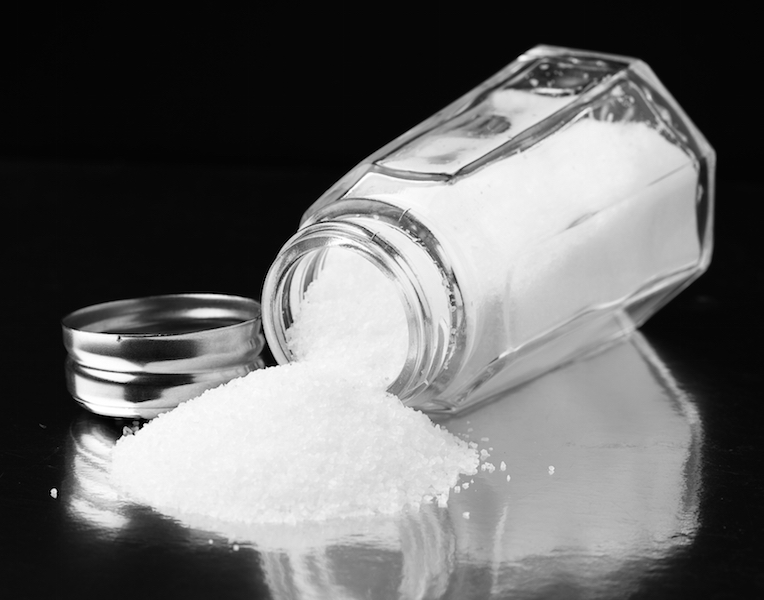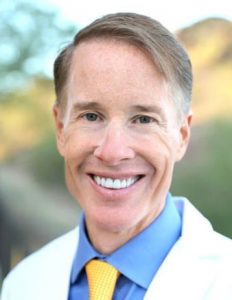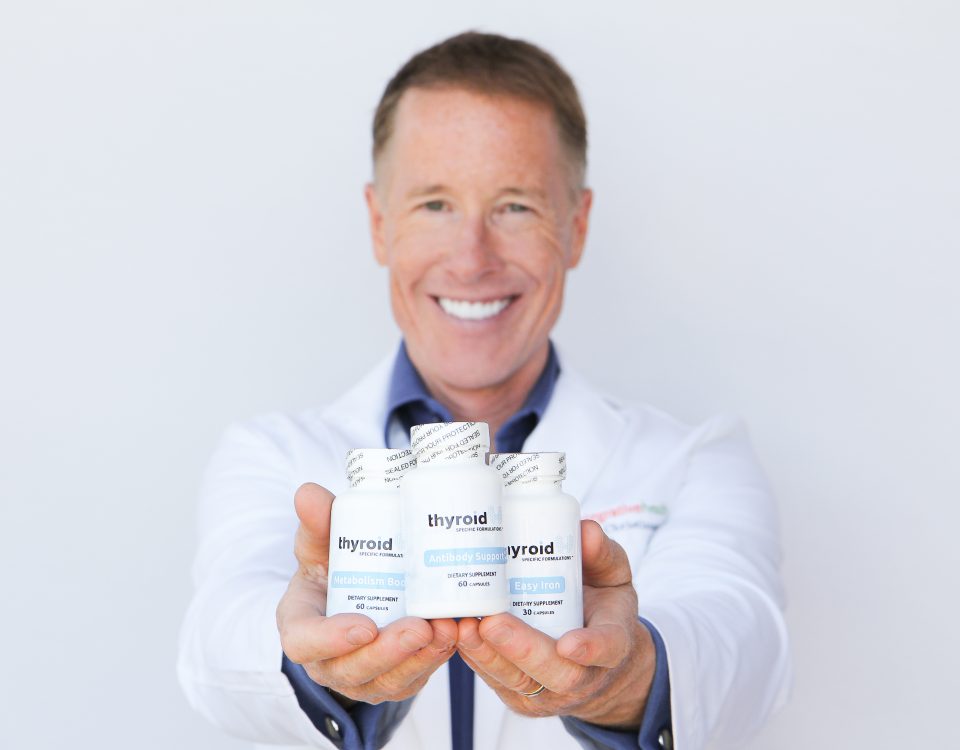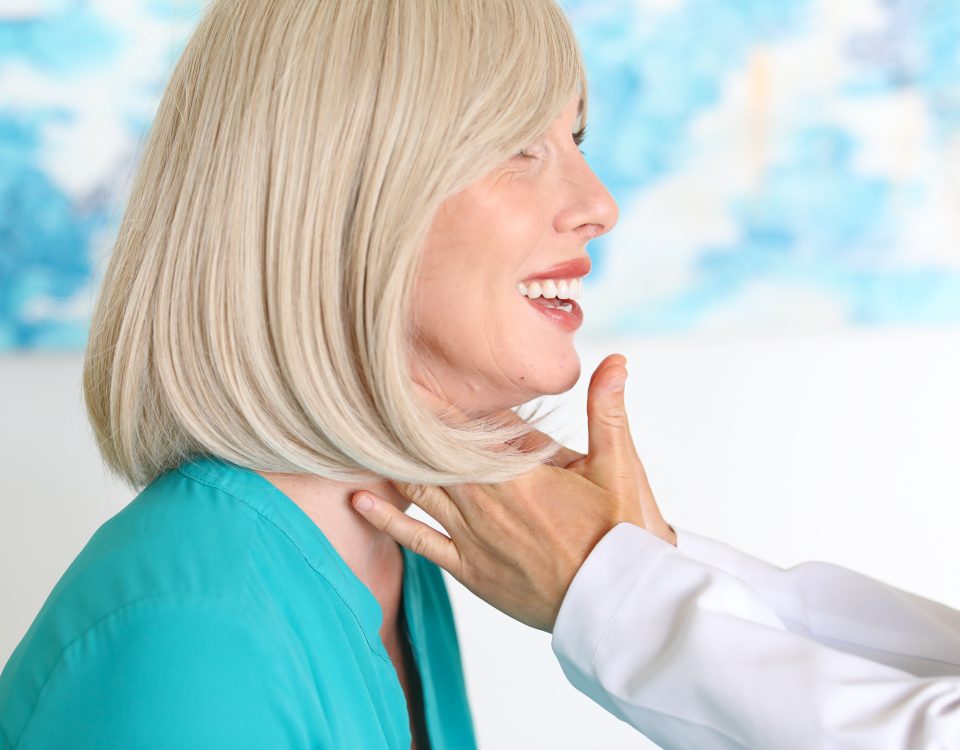In Arizona, many retirees spend their summers elsewhere. To me, it marks the change of seasons to welcome my ‘snowbirds’ back in the fall and see them off in the spring.
Several years ago I had a kind gentleman return for the winter with new symptoms: watery diarrhea after every meal and a non-intentional tremor of his hand. The diarrhea started three or four months ago, the tremor, more recently. Normally in excellent health, ‘Tim’ joked about getting old and his body falling apart. He had his screening tests completed before I heard about this. They were normal besides a suppressed TSH. On his exam, I found several thyroid nodules that were not present last year and his heart rate was over 100 bpm.
An ultrasound and second level thyroid tests diagnosed Tim with toxic multi-nodular goiter. In seniors, this is most common after high dose iodine exposure such as in imaging contrast. I asked if he had a CT or MRI done recently. He told me he did not but that he was taking an iodine pill for five months. Apparently he was tested and found to be low in iodine and was now taking 1 tablet of Iodoral daily providing 50,000 mcg of iodine.
Within several months I had roughly the same thing happen to three other patients, all on high dose iodine, some based on testing, some not. One of these also had toxic multinodular goiter, one had Grave’s disease and one was hypothyroid secondary to Hashimoto’s thyroiditis. Since then several more cases have come in with new thyroid disease after taking high dose iodine.
Not all patients who take high dose iodine will get thyroid disease and it is possible that some that I saw may have developed thyroid disease even if not on iodine. I have seen many other patients taking high dose iodine with no apparent adverse effects.
Iodine in doses above physiologic requirements is the single best documented environmental toxin capable of inducing autoimmune thyroid disease (ATD)1.
I had dimly been aware of iodine becoming a new topic at holistic conferences. A little digging quickly revealed that Guy Abraham, MD was the sole source of the new iodine paradigm.
Dr. Abraham collectively calls his work the ‘Iodine Project’. The articles were originally published in the magazine ‘The Original Internist’ (https://www.clintpublications.com/), a non-peer reviewed journal circulating primarily to chiropractors. His ideas are mimicked nearly verbatum in books from Dr. David Brownstein (Iodine: Why You Need It, Why You Can’t Live Without It) and articles from Drs Donald Miller and Jorge Flechas.
Over the next several months I read every word written by Dr. Abraham and his colleagues. I also read all of their references that were available. Most referred to their own statements from other sources. I also read everything I could find from every other source on human iodine requirements. My conclusion was quite clear, iodine at these new proposed doses was not justified and I have since counseled patients and peers against it.
Since these views on iodine are getting more pervasive, I felt compelled to share my findings and experiences in a broader forum, thus this article came about.



